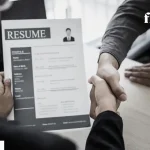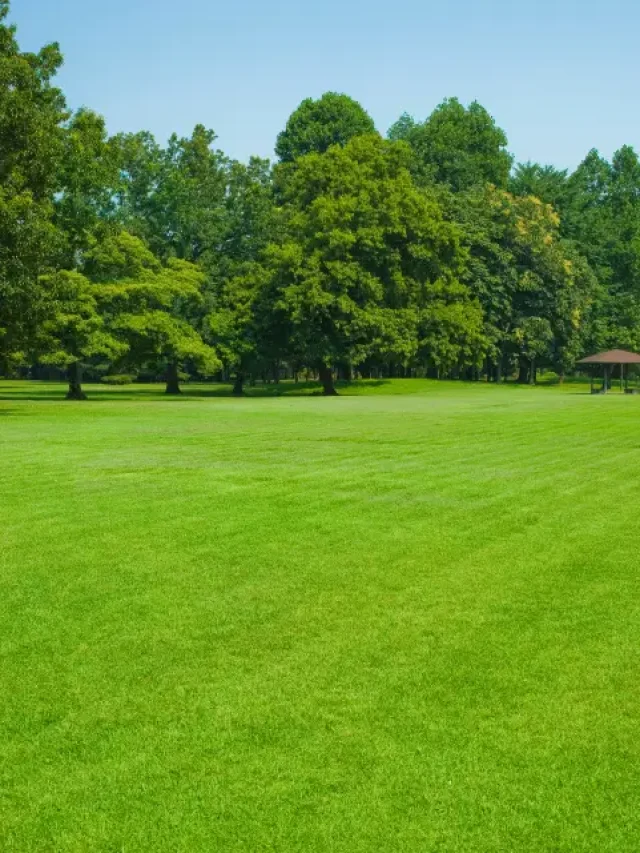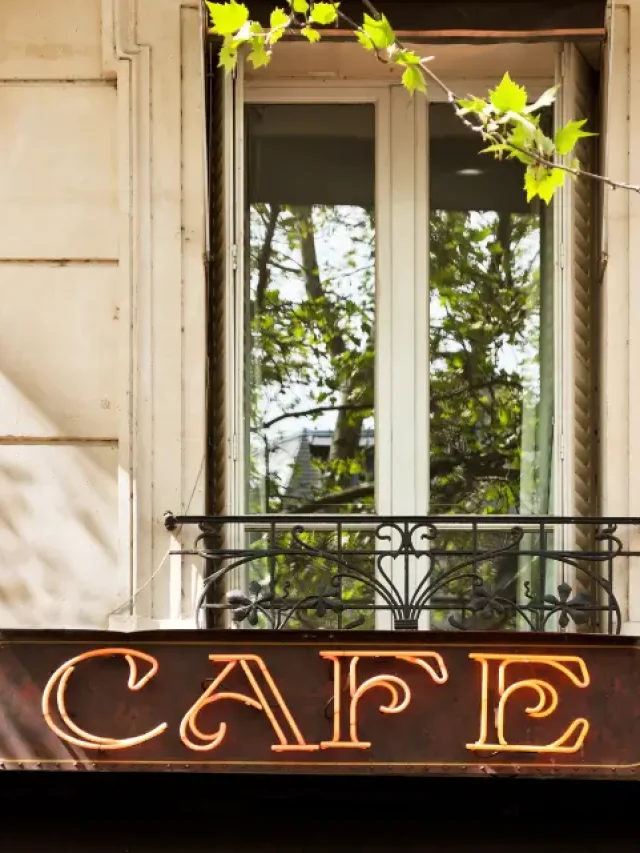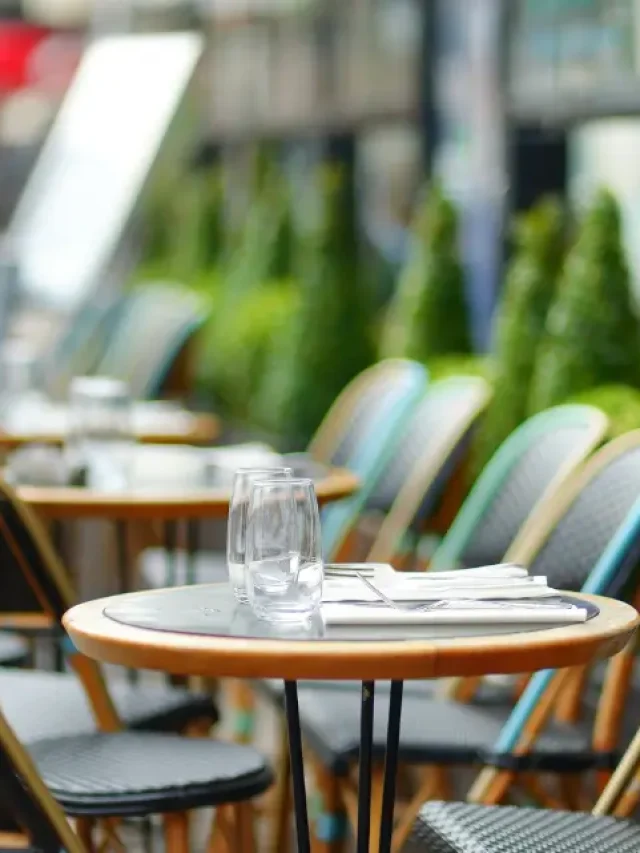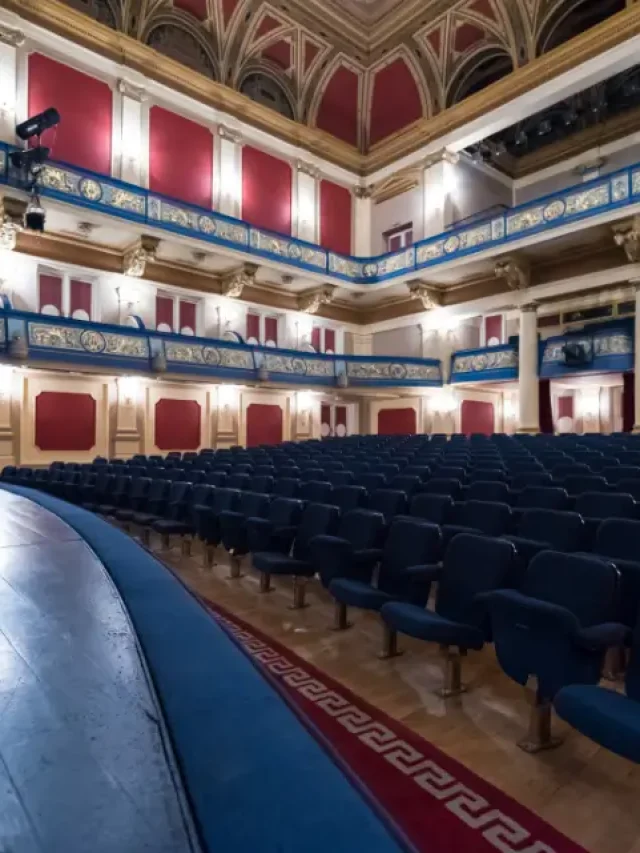Bonjour, Bonne après-midi, Je m’appelle XYZ, Je suis ravi de vous rencontrer, Comment ça va ?, Bien, merci. Et vous-même ?… You must be surprised by the language of the above-mentioned few sentences. Indeed! These are the few words you will listen to as soon as you enter the French land. If you are planning to study in France and are worried about the cultural shock or the language difference, then this blog is just for you. In this blog, we will be talking about how to greet in France. Keep reading further for an informational dive.
Table of Contents
Basic French Greetings
Proper greetings and striking conversations are something that are really helpful throughout life. Especially when we are planning to escalate our career to the next level with study abroad education, networking becomes an important part. And, it is necessary to have strong greeting skills irrespective of the country we are moving to. Properly greeting someone can open up new connections as well as deepen existing ones. Pronouncing “Hello” and “How are you?” in French correctly may seem like a small feat, but it can have a big impact on your conversations with French speakers throughout the world.
Common French Greetings and When to Use Them
In France, the way you greet people often depends on the situation and your relationship with the person. Knowing when to be formal or informal is essential. Here are some common greetings and when to use them:
| French Greeting | English Translation | When to Use |
|---|---|---|
| Bonjour | Hello/Good Morning | Formal, polite settings, or during the day |
| Bonsoir | Good Evening | After 6 PM or in the evening |
| Salut | Hi | Informal, used with friends and peers |
| Coucou | Hey/Hi | Very informal, often used between close friends |
| Enchanté(e) | Nice to meet you | First meetings, polite conversations |
Tip: Always use “Bonjour” when entering a shop, restaurant, or classroom. It’s a sign of respect, and locals will appreciate your effort.
Also Read: Wondering about the student accommodation cost? Check out our blog – Average Cost of Student Accommodation – UK, USA, Canada
Informal and Formal French Salutations
Some of the most important French greetings include au revoir! (goodbye), salut (bye), ciao (see ya!), À plus! (later), À demain! (see you tomorrow), and much more. Check out the table below for other important greetings in French.
| French Salutations | English Equivalent |
| Bonjour | Good morning / hello |
| Enchanté(e) | Nice to meet you |
| Bonsoir | Good evening / hello |
| Salut | Hi |
| Coucou | Hey |
| Ça fait longtemps, dis donc | Long time, no see |
| Âllo | Hello |
| Ça va? | How are you? |
| Tu vas bien? | How are you doing? |
| Quoi de neuf? | What’s up? |
Recommended Read: Don’t miss our blog on German Dining Etiquette, if you are studying in Germany!
Some Other French Phrases
Here are some other French phrases used to greet in France. By understanding these phrases, you can use them in your daily life and make the most of your conversations in France. Check the table below to learn about the other french phrsaes.
| French Salutations | English Equivalent |
| Ravi(e) de faire votre connaissance | Nice/pleasure to meet you |
| Monsieur/Madame (for an email or letter) | Sir/Madam |
| Quoi de neuf? | What’s up? |
| Ça roule? | How is it going? |
| Comment vas-tu? | How are you? |
| Tu vas bien? | Are you doing well? |
| Quoi de beau? | What’s new? |
| Ça baigne? | How is it going? |
| Salut toi | Hey you |
| Allô (on the phone) | Hello |
| Ça fait longtemps | Long time no see |
| Bienvenue | Welcome |
Handshakes and Other Greetings in France
In formal situations, a handshake is more common. French handshakes are usually short and firm, with direct eye contact. Avoid crushing the other person’s hand or being too weak. You might also see slight head nods or verbal greetings like “Ça va?” (How are you?) in more informal settings. It’s often used in:
- Business meetings
- Formal introductions
- Academic settings
Common Mistakes to Avoid When Greeting in France
Greeting someone in France may seem simple, but it’s easy to make small mistakes, especially if you’re not familiar with the local customs. A misplaced “Salut” or skipping a “Bonjour” can leave a negative impression. people value polite greetings, and a little effort goes a long way. To help you avoid awkward moments, here are some common mistakes to watch out for:
- French. Skipping Greetings: In France, it’s considered rude to start a conversation without a proper greeting. Whether you’re entering a shop, meeting a professor, or asking for directions, always say “Bonjour” (Good morning) or “Bonsoir” (Good evening) first.
- Overusing Informal Greetings: While “Salut” (Hi) or “Coucou” (Hey) are friendly greetings, they are generally reserved for friends and peers. Using them in formal situations, like when speaking to professors or university staff, can come across as disrespectful.
- Ignoring Regional Differences: Greeting customs can vary across France. In some regions, people exchange two cheek kisses (“La Bise”), while others may go for three or four. Observing locals and following their lead is the best way to avoid confusion.
- Misjudging Formality: In academic and professional environments, a handshake is more appropriate than cheek kisses. Overly familiar greetings can seem unprofessional. On the other hand, ignoring local customs in informal settings may also appear distant.
- Forgetting Eye Contact: In France, eye contact is a sign of confidence and sincerity. Avoiding eye contact while greeting can seem rude or disinterested. Maintaining friendly eye contact during a handshake or verbal greeting helps build a good first impression.
Tips for Greeting in France
Moving to France as an international student can be exciting, but adjusting to new cultural norms can feel overwhelming. From understanding greetings to blending in with local customs, small gestures matter. Knowing a few essential tips can help you settle in smoothly, make friends, and enjoy your experience. Let’s explore some tips to navigate social interactions and feel more at home in France.
- Always use titles and last names in formal settings. “Monsieur” (Mr.), “Madame” (Mrs.), or “Mademoiselle” (Miss), followed by their last name, is used for greeting professors, employers, or individuals.
- La bise is one of the most important things you should be comfortable with if you are in France. La bise means to greet friends and acquaintances with a light kiss on each cheek. The number of kisses can vary depending on the region, ranging from one to four kisses. Pay attention to cues from the person you’re greeting and follow their lead.
- Maintaining eye contact is another important thing you should be aware of. When greeting someone in France, make sure to maintain eye contact and offer a genuine smile. Respect and warmth are visible in the way you make eye contact.
- You should be aware of the cultural differences. French greetings are quite similar to some other countries as well. Be mindful of the cultural differences as they can offend the locals. Keep taking help from locals and observe how they greet each other in different situations.
Further Read: Want to learn more about German culture? Refer to our blog and learn the Difference Between German and American Culture!
Mastering how to greet in France is a simple yet essential part of adapting to the culture. From choosing the right greeting to knowing when to do la bise or shake hands, these small gestures will help you feel more comfortable and welcomed. As you settle into your new environment, remember that practice makes perfect. The more you engage, the easier it will become. So, Bonjour and enjoy your time in France!
FAQs
In France, a casual greeting is often “Salut!” (Hi) or “Coucou!” (Hey). These are used with friends or peers. You can also say “Ça va?” (How are you?) to start a friendly conversation.
‘Bonjour’ and ‘Salut’ are the words people use to greet each other in France.
‘One au revoir’ is used to say goodbye in France.
The word ‘je’ in France is referred to as ‘I’.
‘Comment vous appelez-vous?’ is a formal while Comment tu t’appelles ? is an informal way to ask name.
‘Merci’ is the word used to say ‘thank you’ in French.
When entering a classroom, greet the teacher and classmates with a friendly “Bonjour” or “Salut.” It’s polite to address your teacher with “Monsieur” or “Madame” followed by their last name.
You can reply with “Ça va bien, merci” (I’m fine, thank you) or simply “Ça va” if you’re good. If you’re not feeling well, say “Ça ne va pas” (I’m not well). Then, politely ask “Et toi?” (And you?) to continue the conversation.
Yes, greetings are considered essential in France. Not saying “Bonjour” or “Bonsoir” can come across as impolite. Always greet before starting a conversation, especially in stores, restaurants, or with strangers.
In some regions, people give two kisses on the cheek, while in others, it could be three or four. Handshakes are more common in northern France, while southern regions may prefer warmer greetings like the “bise.” It’s good to observe what locals do and follow their lead.
Hope you liked reading our blog on the way of greetings in France. For booking the best accommodation abroad to start your study abroad experience you can contact Fly Homes at 1800572118.
Follow Us on Social Media













